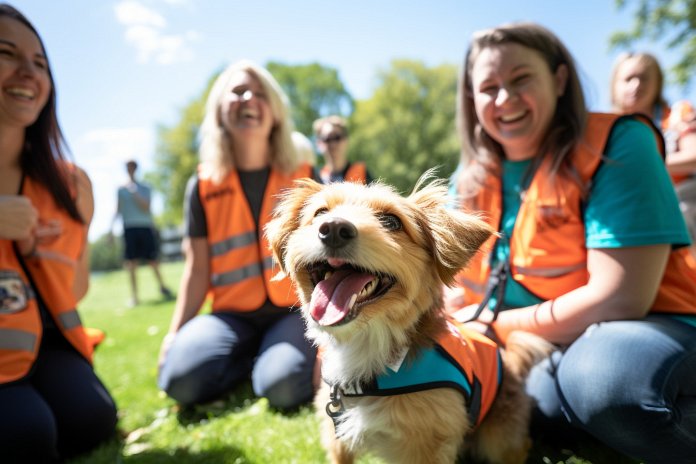
Breathing obstruction in dogs, specifically a collapsed trachea, is a common issue that can cause panic among dog owners. However, with the right treatment, dogs can still live comfortably. It’s important for dog owners to recognize the signs and symptoms of a collapsed trachea so that treatment can be administered early on.
Signs of Collapsed Trachea in Dogs
Signs of a collapsed trachea in dogs include a hacking cough, difficulty breathing, disinterest in activities, bluish hue in the gums, increased sensitivity to dust and smoke, and difficulty in extreme temperatures. Changes in body language such as tail tucking, increased whining, turning away from food, spending more time alone, and possible aggression may also be observed.
Other Signs
Additional signs to watch for include loss of appetite, lack of interest in activity, hiding away, and subdued behavior.
History of Tracheal Issues in Dogs
Tracheal collapse is a common cause of airway obstruction in dogs, particularly in small breeds. The exact cause of tracheal collapse is still uncertain, although it is believed to be related to congenital issues and weaker cartilage in the tracheal rings. Small breeds and middle-aged to senior dogs are more prone to this condition, but it can also affect younger dogs. Treatment options include cough treatment, antibiotics, and dietary adjustments for overweight dogs.
Science Behind Tracheal Collapse in Canines
The cause of tracheal collapse in dogs is still not fully understood, but it is believed to be related to congenital issues and weaker cartilage. Research has led to various treatment options to help dogs with collapsed tracheas lead fulfilling lives.
What to Do if Your Pooch has a Collapsed Trachea
If you suspect your dog has a collapsed trachea, look for symptoms such as a hacking cough and seek treatment from a vet as soon as possible. Toy dogs and small breeds are more prone to this condition. Understanding the treatment plan and continuing it at home, such as administering medication, adjusting the diet, and managing exercise, is crucial. Weight management is especially important for dogs with a collapsed trachea.
“Early diagnosis and treatment are key to managing a collapsed trachea in dogs.”

Tips & Things to Know
1️⃣ Familiarize yourself with the signs and symptoms of a collapsed trachea in dogs, such as a hacking cough, difficulty breathing, bluish gums, and increased sensitivity to dust and smoke. Early detection can lead to better treatment outcomes.
2️⃣ Monitor your dog’s body language for signs of discomfort, such as tail tucking, whining, and decreased appetite. Dogs may also spend more time hiding or show aggression due to fear and pain.
3️⃣ Seek veterinary treatment as soon as possible if you suspect your dog has a collapsed trachea. Your vet can perform tests to confirm the diagnosis and recommend appropriate treatment, which may include medication, dietary changes, and exercise modifications. Follow your vet’s instructions and continue necessary treatment at home to help improve your dog’s breathing and overall well-being.
Frequently Asked Questions, Answered ✅
1. What are the signs of a collapsed trachea in dogs?
– Signs include a hacking cough, breathing abnormalities, disinterest in activities, bluish gums, increased sensitivity to dust and smoke, and difficulty breathing in extreme temperatures.
2. Can any dog breed be affected by a collapsed trachea?
– While it can affect any breed, small breeds such as toy dogs are more likely to be affected.
3. What causes a collapsed trachea in dogs?
– The exact cause is still uncertain, but it is believed to be due to congenital issues and weaker cartilage in the tracheal rings.
4. What treatments are available for dogs with a collapsed trachea?
– Treatment options may include cough treatment, antibiotics, dietary plans for overweight dogs, and other medications to ease breathing.
5. What should I do if I suspect my dog has a collapsed trachea?
– Look out for symptoms such as a hacking cough and seek treatment from a vet as soon as possible. The vet can diagnose the condition and provide appropriate treatment.